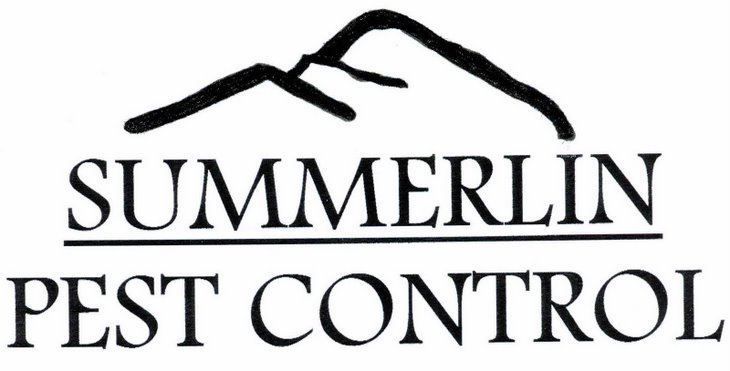SUMMERLIN PEST CONTROL's  Guaranteed...A Zero visibility physical barrier, a safe, efficient,single application,a long lasting/ permanent structure, no harmful baiting applied, & clean-up service always included!
Guaranteed...A Zero visibility physical barrier, a safe, efficient,single application,a long lasting/ permanent structure, no harmful baiting applied, & clean-up service always included!
 Guaranteed...A Zero visibility physical barrier, a safe, efficient,single application,a long lasting/ permanent structure, no harmful baiting applied, & clean-up service always included!
Guaranteed...A Zero visibility physical barrier, a safe, efficient,single application,a long lasting/ permanent structure, no harmful baiting applied, & clean-up service always included! Perfect for both large commercial properties and residential locations.
" An example of an Pigeon deterrent application by SUMMERLIN PEST CONTROL at a large Condo complex in the Southwest area of Las Vegas."

